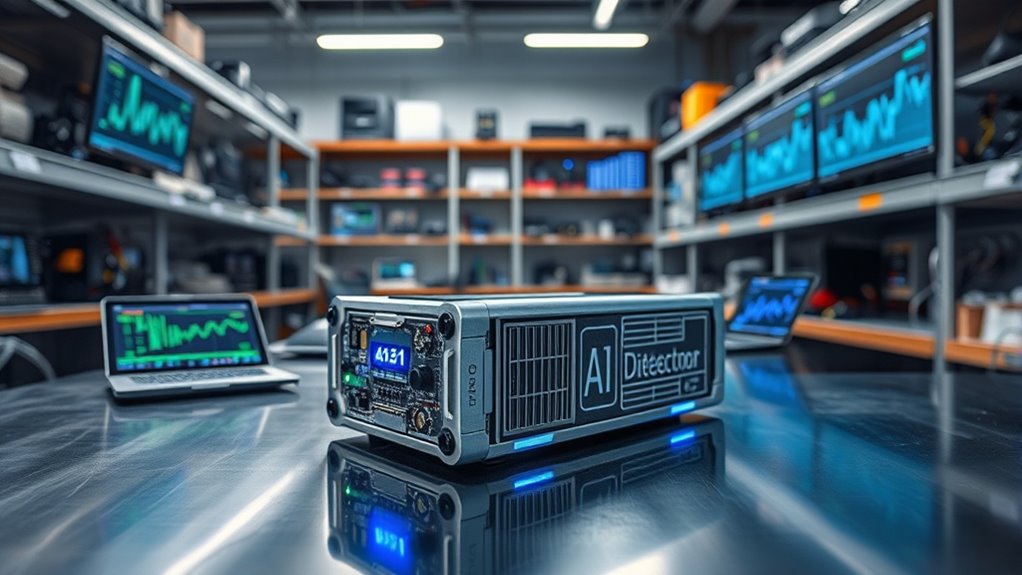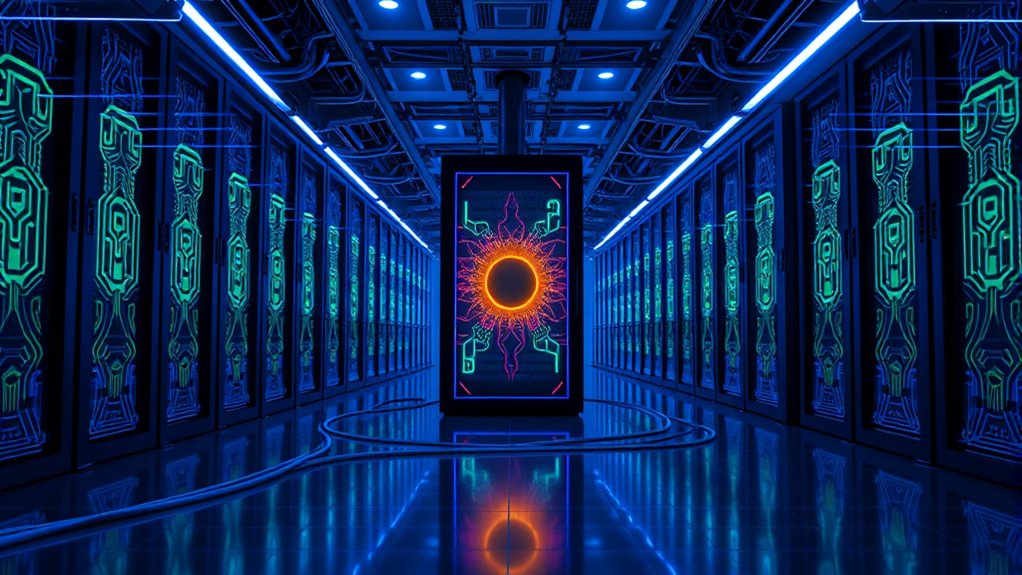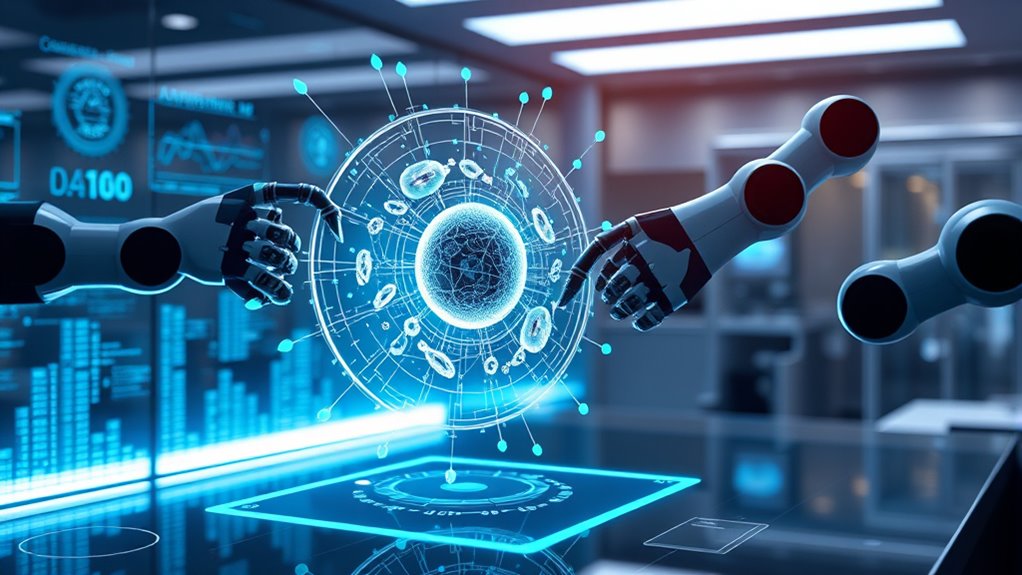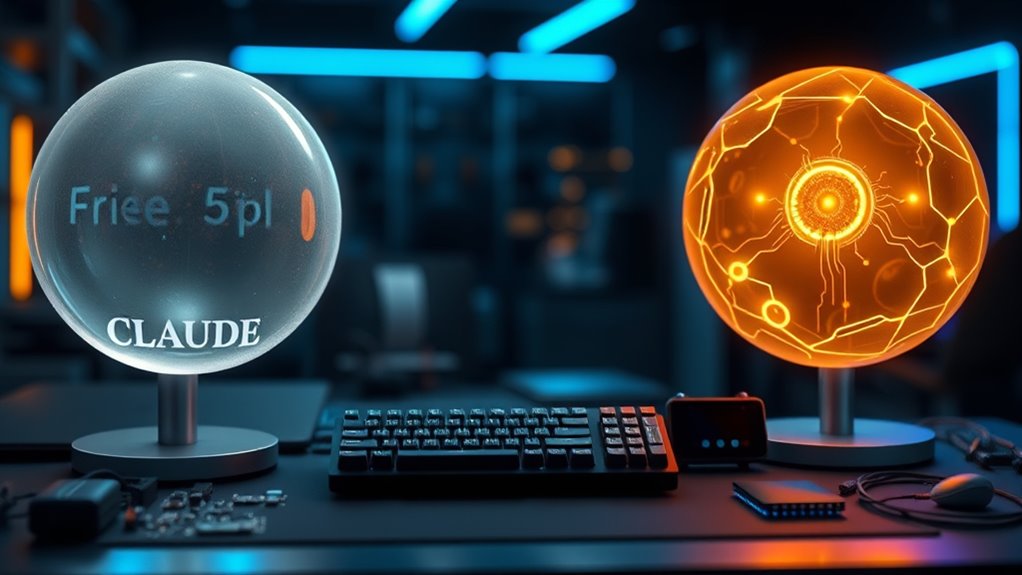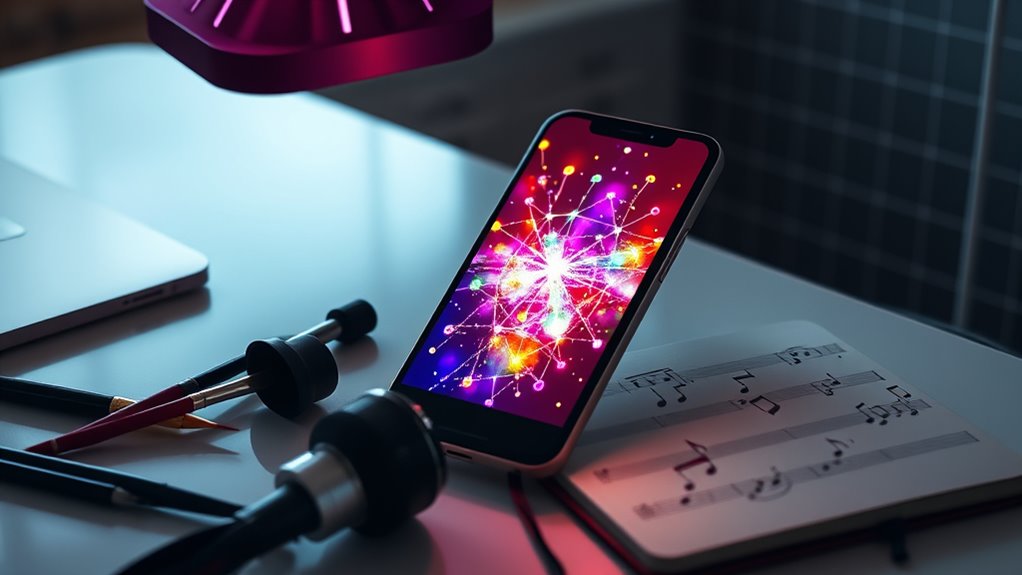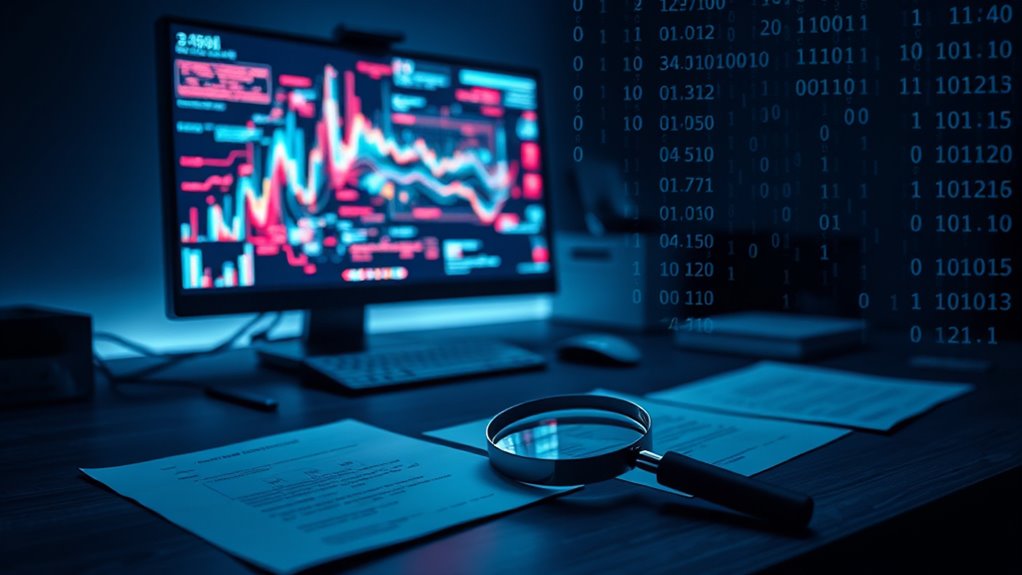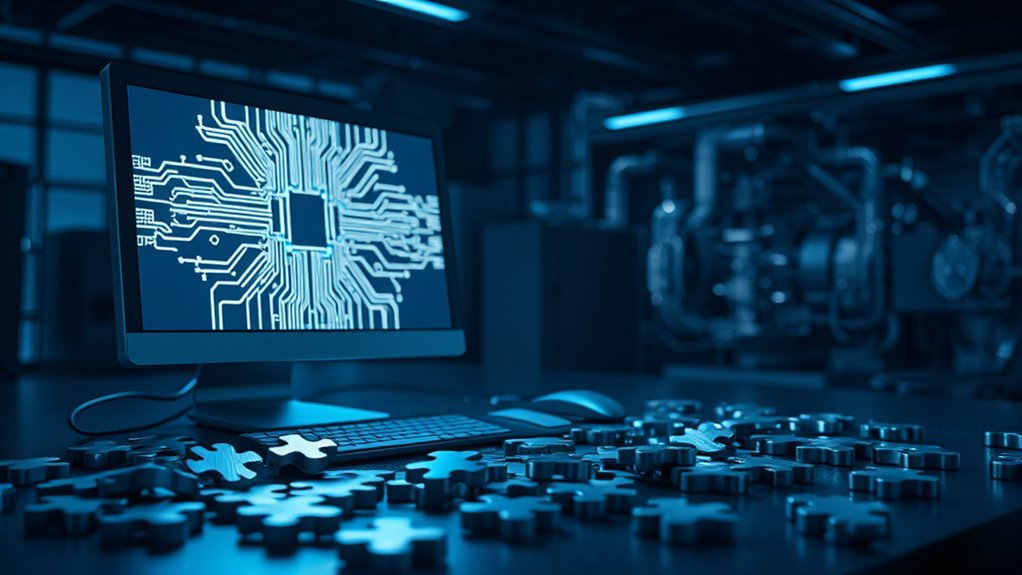As AI tools become more common for writing content, the need for reliable AI detectors is growing fast. These tools help figure out if text is written by a person or a machine. With AI getting better at mimicking human writing, spotting the difference is tougher than ever. Many companies are stepping up to create detectors that can keep pace with these advancements. They aim to offer accurate results for schools, publishers, and anyone worried about AI-made content.
Among the top tools in this field, Detecting-ai.com stands out with its Detector V2. It’s trained on a huge dataset of 365 million samples and claims a 99% accuracy rate. This makes it a strong choice for those needing detailed reports. Recent tests have shown that tools like GPTZero achieved 100% accuracy in detecting AI-generated text, highlighting their reliability.
Detecting-ai.com’s Detector V2, trained on 365 million samples, boasts a 99% accuracy rate, ideal for detailed AI content analysis.
GPTZero is another big name, known for its sharp analysis of writing styles to catch AI text. TraceGPT also gets attention for being precise, while Hive offers a free option for basic detection needs. Winston AI focuses on blending its tool with other systems, making it handy for bigger setups. The market for AI detection tools is expanding rapidly, with projections estimating a value of $6.1 billion by 2030.
Pricing for these detectors varies a lot. Some, like Detecting-ai.com, have free plans with limits on how much text you can check daily. Paid plans often grant unlimited checks and extra perks like higher word limits. Yearly subscriptions usually come with discounts, which can save money for regular users.
Privacy is a concern for many, and some tools promise not to store user data, which adds a layer of trust.
Challenges remain in this fast-changing field. AI keeps evolving, so detectors must adapt to stay useful. Sometimes, AI text looks so human-like that even the best tools struggle. Traditional plagiarism checkers aren’t always enough either. Additionally, tools like Originality.ai are recognized for their high accuracy rates in identifying AI-generated content, making them valuable in academic settings.
Accuracy can differ between tools, and human judgment is still needed to double-check results.
Looking at market trends, demand for these detectors is soaring. New tools like ZeroGPT AI Detector popped up in 2025 with fresh features. Overall, accuracy is getting better compared to past years. As AI use grows, so does the race to build the most reliable detector to maintain content authenticity.
